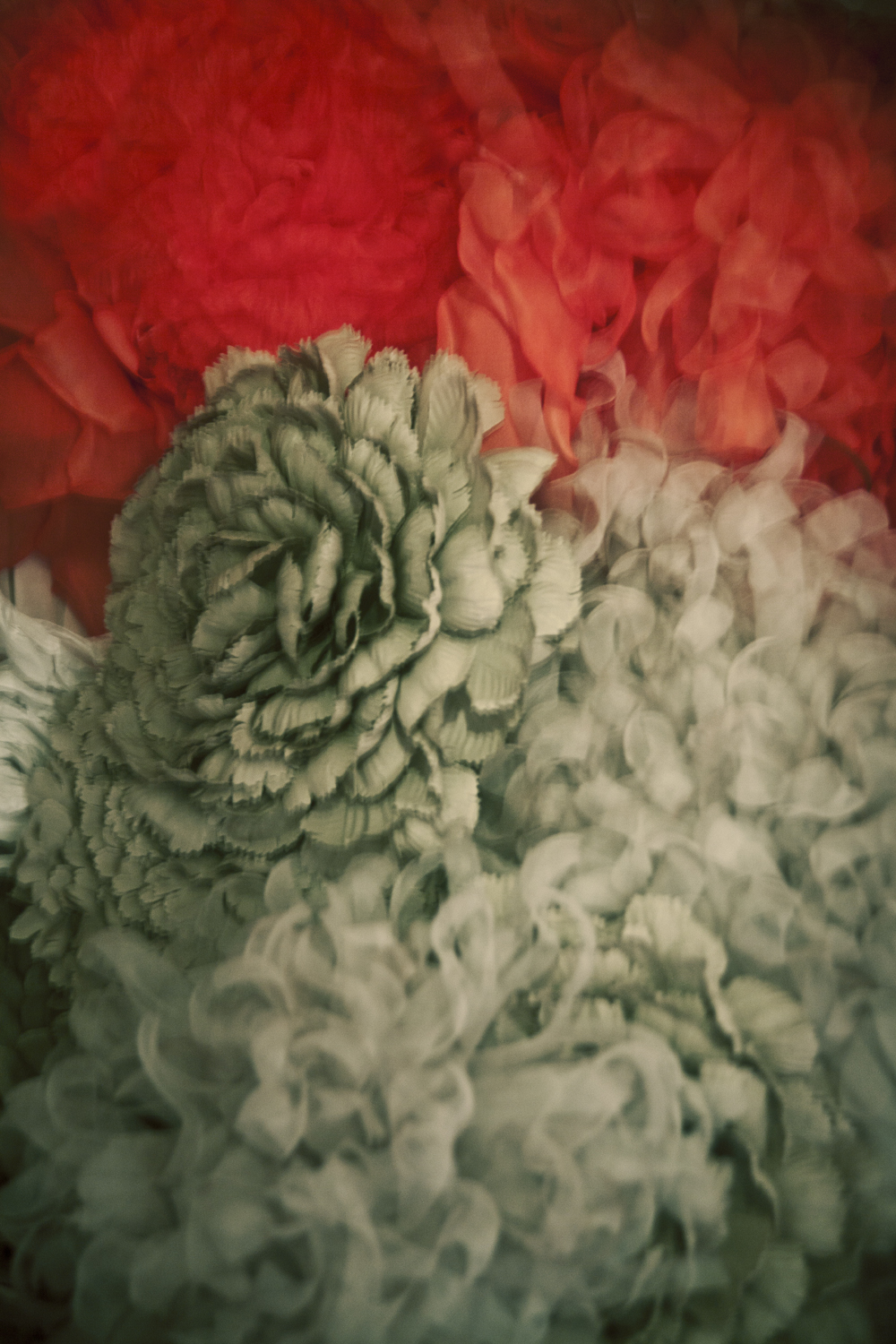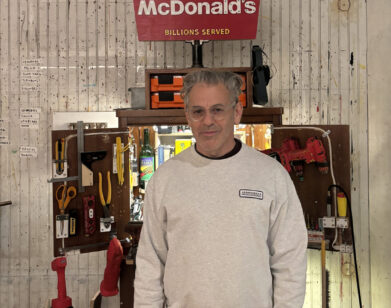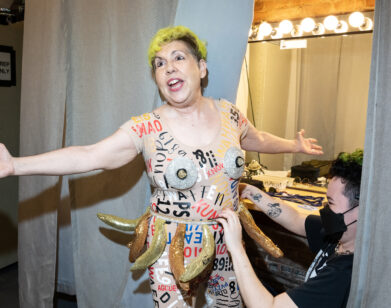DIY Giverny: Erik Madigan Heck

27-year-old photographer and filmmaker Erik Madigan Heck has paved a golden pathway for himself over the past five years, weaving a cohesive portfolio of collaborative work through the fashion and art worlds of New York and Paris. Heck established himself by founding the online art culture magazine Nomenus Quarterly, which has featured the work of Valentino, Jean Paul Gaultier, Dries Van Noten, Ann Demeulemeester, and Rodarte, and artists including Christian Boltanski, Kiki Smith, and Lawrence Weiner.
Heck’s work has a dreamlike quality marked by surrealist undertones, an appreciation for fine art conventions, and an exploration of various photographic mediums (both modern and obsolete). The Minnesota-born photographer has just self-published his first art book, featuring his fashion photography, landscapes, and portraits entitled January to August, 2011. It launches Sept. 1 at New York’s Ion Studios, and will hit shelves internationally in the upcoming weeks.
DAN THAWLEY: How and when did you start taking photographs?
ERIK MADIGAN HECK: I began photographing around 14; my mother gave me a camera, it’s actually the one I still use for creating most of my work. My career has evolved from literally figuring out how to formally structure a photograph, to going through graduate school and trying to formally structure my thoughts. A sort of gradual learning, then unlearning.
THAWLEY: The featured artists and designers in your book reflect a mix of younger and older talents from Europe and the US. Can you explain your selection process for this title?
HECK: I love working with both the old and the super young. Each offers different things that I can learn from and build off. My “Artist as Muse” series is wonderful, because I get to learn from artists I’ve admired my whole life, like Kiki Smith and Laurence Weiner, and after spending time with them we’ve become friends and had amazing conversations. Working with a young artist like Mary Katrantzou is amazing too, because her vision is very different, but it allows me to explore further and come up with new iterations of my own work that match her vision.
THAWLEY: The book’s chapters vary from the stunningly literal “Photographs of Colour” to more obscure studies like ‘Tremblant Vielfache,” a series featuring mountain skiers. How does your landscape work relate to your fashion photography and portraiture?
HECK: Each chapter was at one point its own book, so we designed January to August to read as an anthology of these eight books created over this year. They are each like separate sonatas, which don’t necessarily go together, yet create a sense of completeness that is greater than each individual body of work. My work is never just fashion, landscape, or portraiture; it’s always kind of an odd mixture of everything. I like muddling it together.
THAWLEY: How did you use layout and graphic design to change the mood with each chapter of the book? (It seems a rather eclectic mix of styles.)
HECK: At one point each chapter was a separate book, designed separately, so together it at first seems drastic, but I like that my designer Anna Karin really had fun with interpreting the mood of the photographs into the typography and layout. So many photography books now seem to neglect design; I wanted to embrace design and make it as important as the work.
THAWLEY: Your “Return to Giverny” series is a beautiful modern reflection of Monet’s favorite gardens. Could you explain your process and the evolution of this body of work?
HECK: I’ve never actually been to Giverny. It was more the idea of thinking about returning to the mind-state of Monet, and his passion for nature, and letting the impression of a landscape seduce you. I have always loved Monet for his freedom, and ability to use the simplest things, and make them extraordinary, like flowers. This series is ongoing, and I’m always adding to it when I travel.
THAWLEY: As as publisher, you seem to use as strategies both exclusivity and universal accessibility. The New York Times called Nomenus “the world’s most expensive magazine,” but you also post regular, free updates online. How does this new book fit into your ideology?
HECK: Unfortunately I never wanted the title of owning the “world’s most expensive magazine”—that was a press play the Times did to grab people’s attention for their article. It wasn’t really accurate, as I was never publishing a magazine, but rather selling boxes of prints that contained original artist etchings and photographs. I have always been an advocate of either “give it away for free,” or sell a small quantity for very high price. This book is actually my middle ground. It’s priced at $40, because I want people to be able to afford it.
THAWLEY: What shall we expect for September and beyond?
HECK: I just finished a short film for Ann Demeulemeester in Antwerp, and will be shooting for Kenzo in Paris in October. Then I would like to sit still for a while and just stare at the countryside. That would be nice.






